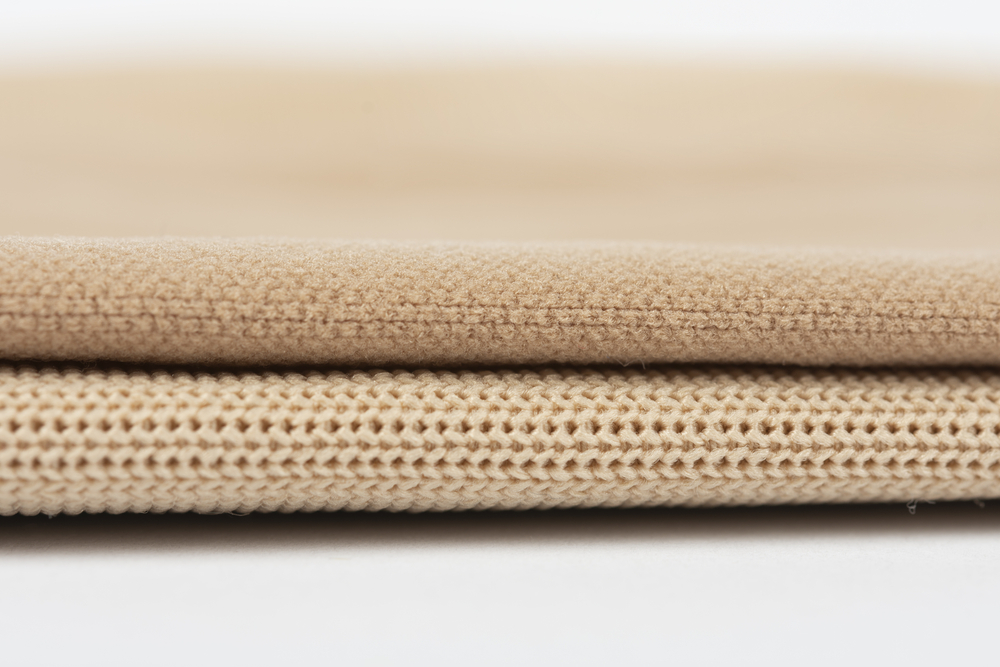Vein problems affect millions of people around the world. From varicose veins to deep vein thrombosis, these conditions can cause discomfort and impact quality of life. But fear not! At Dr. Mimi Lee Vein & Aesthetic Care in Little Rock, AR, we’re here to shed light on one effective solution: compression therapy. Today, we’ll delve into the world of pressure therapy and how it can help alleviate various vein-related issues.
How Often Should You Use Compression Therapy
This compression therapy can be used for such a wide range of conditions and health needs that questions as to how often it would be suitable to use it will have very different answers depending on what you are planning to use it for. Dr. Mimi Lee can give you advice on the best way to use this therapy to suit your own particular health needs.
How Does It Work?
Pressure therapy is a non-invasive technique that utilizes garments to apply controlled pressure to specific areas of the body. It is commonly used to enhance blood circulation and address medical conditions. During pressure therapy, patients wear specially designed garments, such as stockings or sleeves, that exert gentle pressure on the targeted areas.
The pressure helps to improve venous blood flow, reduce swelling, and promote tissue healing. The duration of the therapy varies depending on the treatment goals, but it is typically recommended for a specified period each day. Patients often describe the sensation as a gentle, comforting pressure that promotes relief and relaxation.
When Is Pressure Therapy Used?
When it comes to managing spider and varicose veins, this therapy emerges as a valuable tool. By applying external pressure to the affected areas, pressure therapy aids in improving blood circulation and reducing the appearance of diseased veins. This treatment works by compressing the veins, which helps to strengthen the vein walls, enhance venous return, and prevent blood pooling.
The increased pressure also encourages the reabsorption of excess fluids and reduces swelling. It is important to follow the instructions provided by your healthcare professional to ensure proper usage and achieve optimal results.
Preventing DVT
Deep vein thrombosis (DVT) is a serious condition where blood clots form in the deep veins, usually in the legs. They can be life-threatening if they break loose and travel to the lungs or other vital organs, causing a pulmonary embolism. Pressure therapy plays a crucial role in preventing DVT by promoting blood flow and preventing stasis in the veins.
By applying external pressure to the lower extremities, pressure therapy helps to enhance circulation, reduce the risk of clot formation, and alleviate symptoms associated with DVT. It is essential for individuals at risk of DVT, such as those who have undergone surgery or have prolonged immobility, to incorporate pressure therapy as part of their preventive measures.
Lymphedema
Lymphedema is a chronic condition characterized by the accumulation of lymphatic fluid, leading to swelling, discomfort, and reduced limb function. This condition can occur when the lymphatic system is damaged, impaired, or unable to properly drain the fluid. If left untreated, lymphedema can cause progressive tissue damage and increase the risk of infection.
Pressure therapy can be highly beneficial for managing lymphedema by aiding in the reduction of swelling and improving lymphatic flow. It helps to promote lymphatic drainage, prevent fluid buildup, and alleviate symptoms. It is important to work with Dr. Lee to determine the appropriate pressure levels, duration, and frequency of pressure therapy to effectively manage lymphedema.
Edema
Edema, also known as fluid retention, occurs when excess fluid accumulates in the body’s tissues. This issue results from various factors, including poor circulation, heart or kidney problems, or prolonged sitting or standing. Edema causes discomfort, swelling, and a feeling of heaviness. Pressure therapy offers an effective approach for managing the condition by enhancing blood flow and encouraging the reabsorption of excess fluid.
The external pressure applied through compression garments supports venous return, prevents fluid pooling, and alleviates swelling and discomfort associated with edema. By incorporating pressure therapy as part of a comprehensive treatment plan, individuals with edema can experience improved circulation, reduced swelling, and enhanced overall well-being.
Orthostatic Hypotension
Orthostatic hypotension causes a sudden drop in blood pressure upon standing up or changing positions, leading to symptoms such as dizziness, lightheadedness, and even fainting. It occurs when blood vessels are unable to constrict and adjust quickly to maintain proper blood pressure. Pressure therapy can be an effective approach for managing orthostatic hypotension.
It aids in maintaining adequate blood flow to the brain and other vital organs, reducing the frequency and severity of symptoms. It is important to consult with us before starting to use compression garments, as we can determine the best treatment frequency.
Is Pressure Therapy Enough, Or Do I Need Other Treatments?
While pressure therapy is effective for managing various vein-related conditions, its sufficiency as a standalone treatment depends on the severity and specific needs of the individual. In cases where varicose veins are severe or spider veins are primarily a cosmetic concern, additional treatments like sclerotherapy may be necessary to achieve optimal results.
Sclerotherapy is a simple and minimally invasive treatment that involves injecting a solution directly into the affected veins to collapse them. It complements pressure therapy by targeting specific vein issues and enhancing overall outcomes. Consult with Dr. Lee to determine the most appropriate treatment plan tailored to your unique needs.
Address Your Vein Condition Now
Compression therapy can prevent vein-related conditions, promote blood flow, and reduce symptoms. By applying external pressure, it aids in preventing blood pooling. However, for individuals with severe varicose veins or cosmetic concerns related to spider veins, additional treatments like sclerotherapy may be necessary. To explore your options, book a consultation at Dr. Mimi Lee Vein & Aesthetic Care in Little Rock, AR.
